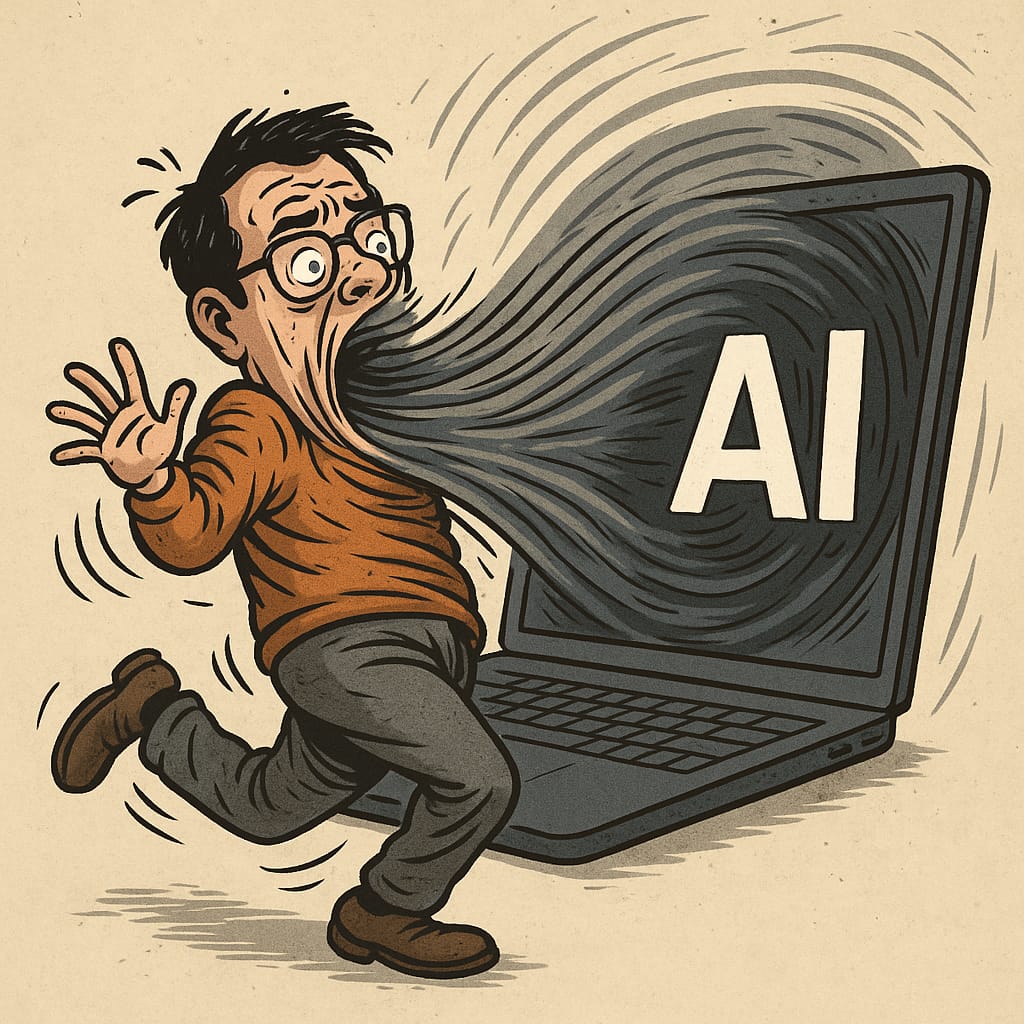Key factors to preserve information
Preserving information is critical for ensuring that knowledge and history are not lost over time. Here are some key factors that can help preserve information:
- Storage: The way information is stored is crucial for its preservation. Physical documents should be stored in a cool, dry, and well-ventilated place to prevent deterioration. Digital information should be stored on reliable and secure devices, and backups should be made regularly to prevent data loss.
- Accessibility: Information should be accessible to those who need it. This means that documents should be organized and cataloged in a way that makes them easy to find and retrieve. Digital information should be stored in a format that can be easily accessed and read on different devices.
- Protection: Information should be protected from theft, damage, and destruction. This can be done through physical security measures such as locking filing cabinets and secure digital storage methods such as encryption and password protection.
- Preservation techniques: Certain techniques can be used to preserve information for longer periods of time. For example, microfilming and digitizing documents can help prevent deterioration due to aging. Conservation methods such as acid-free paper and protective covers can also be used to preserve physical documents.
- Regular maintenance: Regular maintenance of information and storage devices is essential for their preservation. This includes regular cleaning and inspections to ensure that information is not being damaged or lost due to neglect.
- Backup copies: Backing up information is essential for its preservation. Digital information should be backed up regularly to prevent data loss due to hardware failure, viruses, or other issues. Physical documents can also be duplicated through microfilming or photocopying.
Preserving information is important for maintaining knowledge and history over time. Proper storage, accessibility, protection, preservation techniques, regular maintenance, and backup copies are key factors to ensure that information is preserved for future generations. By following these practices, we can ensure that important information is not lost or forgotten.
Key factors to preserve information from monopolization, bias, or falsification
Preserving information to prevent monopolization, bias, or falsification requires additional measures beyond the standard preservation techniques. Here are some key factors to preserve information and prevent monopolization, bias, or falsification:
- Transparency: To prevent monopolization, bias, or falsification, information must be transparently accessible to all individuals or organizations, regardless of their size, wealth, or influence. This can be achieved through the use of open data standards, open access to information, and the use of public records laws.
- Multiple sources: Information should be sourced from multiple sources to prevent bias or falsification. This means that information should be cross-checked and verified against other sources to ensure its accuracy and reliability. Multiple sources of information also make it more difficult for any one individual or organization to monopolize or manipulate information.
- Verification: Verification of information is crucial for ensuring its accuracy and reliability. This can be achieved through the use of fact-checking tools and independent audits. Additionally, the credentials and reputation of the sources of information should be taken into consideration.
- Collaboration: Collaboration among diverse groups can help prevent monopolization, bias, or falsification of information. This means that diverse perspectives should be taken into consideration when analyzing and interpreting information. Collaborative efforts also promote the sharing of knowledge and resources, which can prevent monopolization.
- Ethics and integrity: Ethical considerations and integrity are essential for preserving information and preventing monopolization, bias, or falsification. This means that information should be presented in a fair and unbiased manner, and any conflicts of interest should be disclosed. Additionally, information should not be altered or manipulated to fit a particular agenda or narrative.
- Education and awareness: Education and awareness can help prevent monopolization, bias, or falsification of information. This means that individuals should be educated on how to identify and evaluate reliable sources of information, as well as how to detect bias or falsification. Raising awareness about the importance of preserving information can also encourage individuals to take action to prevent monopolization, bias, or falsification.
Preserving information to prevent monopolization, bias, or falsification requires additional measures beyond standard preservation techniques. Transparency, multiple sources, verification, collaboration, ethics and integrity, and education and awareness are key factors to preserve information and prevent monopolization, bias, or falsification. By following these practices, we can ensure that information is accurate, reliable, and accessible to all.

The importance of context
One equally important aspect of information is the importance of context. Context refers to the circumstances and conditions in which information is created, shared, and interpreted. Understanding the context of information is crucial for interpreting and evaluating its significance and relevance.
For example, the same piece of information may have different meanings depending on the context in which it is presented. A scientific study that reports a statistically significant finding may be significant in the context of medical research, but may not be as significant in the context of social sciences. Similarly, a news article may have different implications depending on the political or social context in which it is presented.
Context can also affect the accuracy and reliability of information. For example, information presented out of context can be misleading or deceptive. It is important to consider the context in which information is presented when evaluating its accuracy and reliability.
In addition, context can affect the way that information is perceived and interpreted. Our individual experiences, biases, and cultural backgrounds can all affect the way that we interpret information. Understanding the context in which information is presented can help us to identify and mitigate these biases and ensure that we are interpreting information in a fair and objective manner.
Context is an equally important aspect of information that we may have overlooked. Understanding the context of information is crucial for interpreting and evaluating its significance and relevance, ensuring its accuracy and reliability, and mitigating biases and subjective interpretations. By considering context, we can develop a clearer understanding of information and make more informed decisions.
Thank you for questions, shares and comments!
Share your thoughts or questions in the comments below!
Text with help of openAI’s ChatGPT Laguage Models & Fleeky – Images with help of Picsart & MIB






